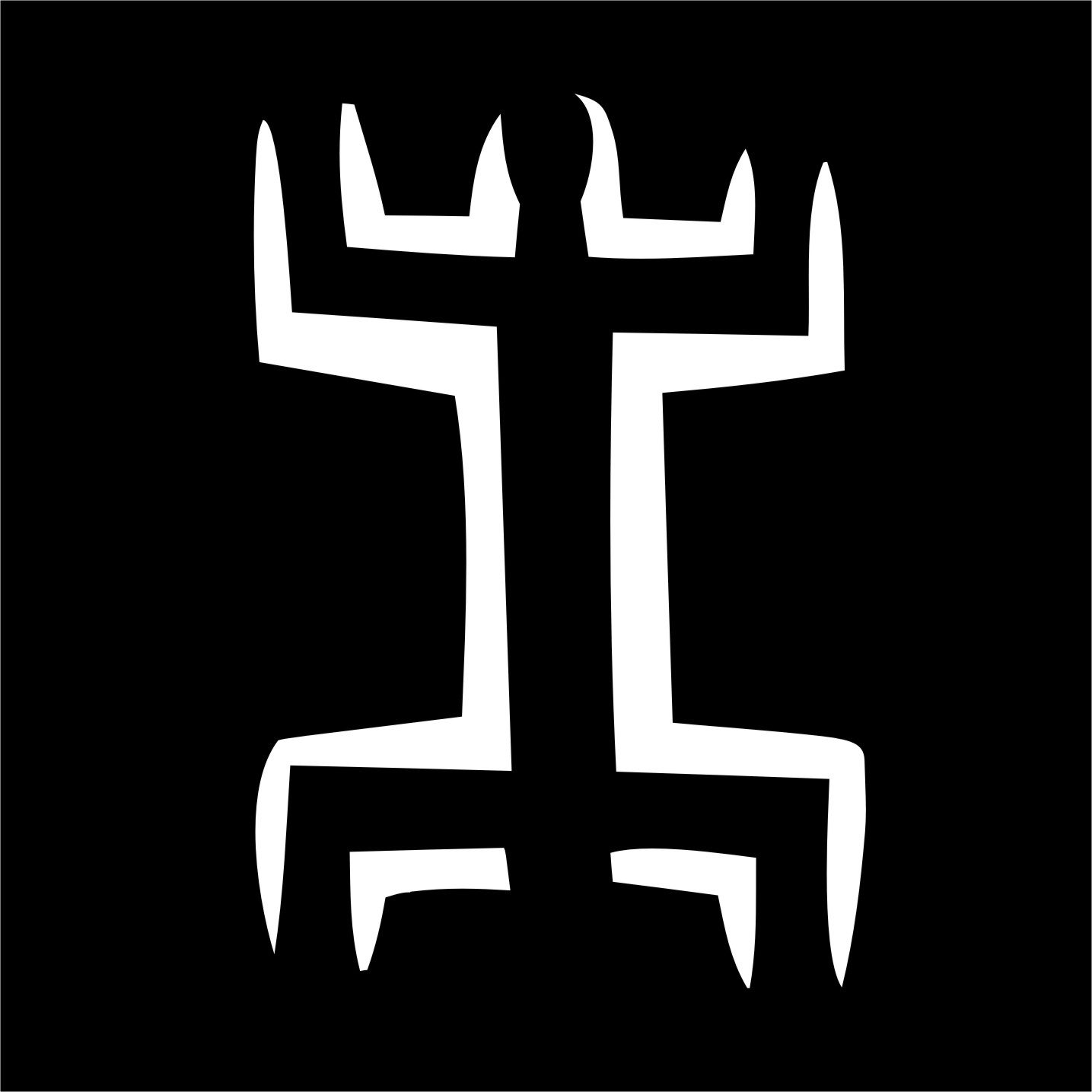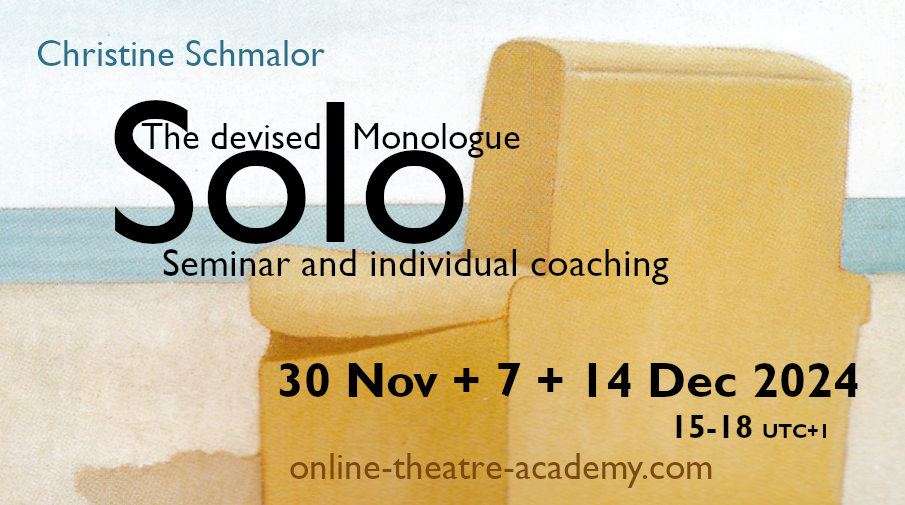The SOLO course supports artists who are creating a monologue, a monodrama, a solo performance or their own devised theatre evening. It is likewise aimed at all those who are currently taking a fresh look at their audition repertoire.
In any case, you need a roadmap for your steps. Working on oneself and with oneself is a journey into the unknown with the very practical questions: How do I structure my own artistic path? What do I have to keep in mind? How do I work with myself? What tasks should I set myself so that I can really break new ground?
You might have already a vague subject or a collection of artistic material, but how to work with it? We will touch the following subjects:
- The artistic work with a theme and its practical implementation.
- Steps to unfold your creative mind-flow.
- The process of creation through intertextuality: discovering new patterns of speech and thought that, in particular, inspire playfulness.
- Working with the artistic image – finding it, shaping it and stepping into it.
- The understanding of composition as the basis and compass of designing a mono-performance or a monologue.
Theory and insights want to be put into practice artistically; therefore, in all topics, joint practical exercises will help to understand more and to make the often lonely process both enjoyable and productive.
The SOLO course consists of 3 joint meetings with 3 hours each; with lecture, discussion and practical exercises to try out immediately together. After each meeting you will have a one-hour personal coaching session the following week to deepen the topic and apply it to your own project; dates by arrangement.
Each meeting has a clearly outlined theme, so you can choose to attend all or just one.
30 November
SOLO 1 – Above All
Finding my theme, defining it, opening it up in all dimensions – and above all – giving it a voice.
7 December
SOLO 2 – The creative mind flow
In the beginning was chaos. Intertextuality as a source and as a game – think big!
14 December
SOLO 3 – Composition
Organising chaos, but how? Discover the beauty and rules of composition as a basis, as a compass – and above all – as an artistic language.

